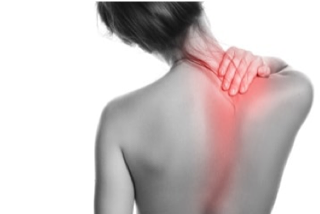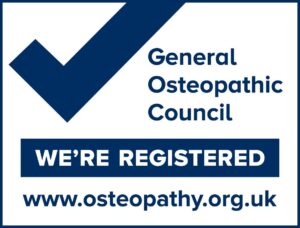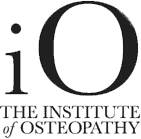Raise your hand if you have shoulder pain or know someone who is suffering from shoulder or neck pain!
Let’s start this article pointing out that the pain you feel in this part of your body is referred to as..“Pain in the trapezius area”. Why?… Because this is the anatomical location of the trapezius muscle.
What is the Trapezius?
The trapezius is a muscle that affects the cervical area.
It has the shape of an inverted triangle that originates from the base of the skull, opens on the shoulders and goes through the vertebral column.
The functions of this muscle are many and range from the rotation of the neck, to the extension of the cervical spine and in every movement of stability of the head.
It also has a static function by supporting the scapula and establishing the shoulder joint. It is one of the muscles most involved in the postural aspect of the neck and thorax, therefore it is one of the “brake” muscles of the powerful anterior muscular chain, (later I will also explain the muscular chains but for now we will limit ourselves to saying that it is the muscular group that we allows us to lean forward).
What Causes Trapezius pain?
Which came first the chicken or the egg?
Is trapezius pain caused by the shoulder or neck?
Due to its anatomy the pain present in the region of the trapezius can be influenced by the shoulder, the neck and “when one is lucky” by both.
The cause of this condition is more often “not specific” (specific one could be herniation or tumor) and depends on postural alterations or muscle overloads.
Among the common causes of this pain we can find:
1. Incorrect posture at the desk in the office or at home over time.
2. Altered movements of the shoulder.
3. Cervical osteoarthritis.
4. Temporomandibular Joint Disorder.
Let’s analyse the two most common causes…
1. Incorrect posture at the desk in the office or at home over time
When sitting it is physiological that the normal lumbar curve (lordosis) decreases and to compensate the head moves further.
It is like a tug-of-war: the anterior musculature of the neck is put into shortening and, to avoid the forward imbalance of the skull, the back-musculature acts as a brake for avoid this effect.
In the moment in which this situation becomes chronic or becomes part of our postural attitude, the trapezius becomes “tired” or remains contracted with the impossibility of releasing itself giving the described symptoms as a painful contraction to the trapezoids or more simply to the neck / shoulder.
so how can you avoid this? When sitting in front of the computer;
• the back must rest against the backrest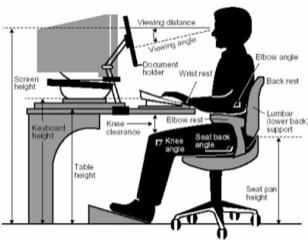
• eyes must look straight at the screen.
• the forearms must be parallel to the floor.
• the shoulders must be relaxed.
• the thighs must be parallel to the floor and the feet must rest well on the floor or on a footrest.
• use a headset instead of holding the phone between shoulder and ear.
• keyboard and monitor should be adjustable, while the chair should be ergonomic allowing adjustment of backrest angle (90 ° -110 °) and height.
2. Altered movements of the shoulder.
When during the movement of the upper limb the brain begins to move the shoulder complex, it must coordinate all the movement of the scapula so as to allow the various muscles and tendons to activate correctly without 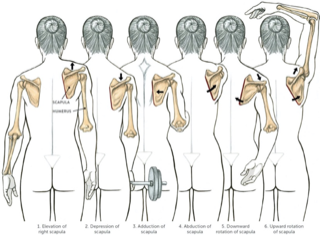 causing rubbing and tearing of the soft tissues.
causing rubbing and tearing of the soft tissues.
However, sometimes this coordinated movement is lacking, thus causing an abnormal movement of the muscles which, always trying as the ultimate goal to be able to raise the arm with comfort, come to disrupt the scapulo-humeral mechanics.
The scapula, not having a correct posterior rotation movement (in technical jargon is called posterior tilt) that allows the tendons of the rotator cuff to flow in their physiological path, is therefore elevated rather than rotated.
All this creates a functional overload of the trapezius muscle as it is the major muscle that precisely performs the movement of the elevation (raising) of the scapula upwards, thus completely changing the phases with which the arm rises.
To Join Our mailing list and receive up to date information about deals, events and information for The Backbone Clinics please click here…

